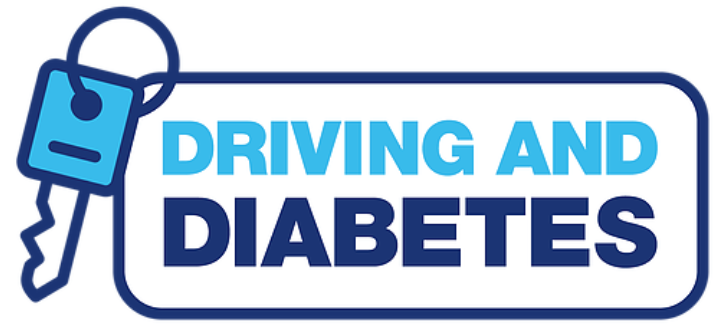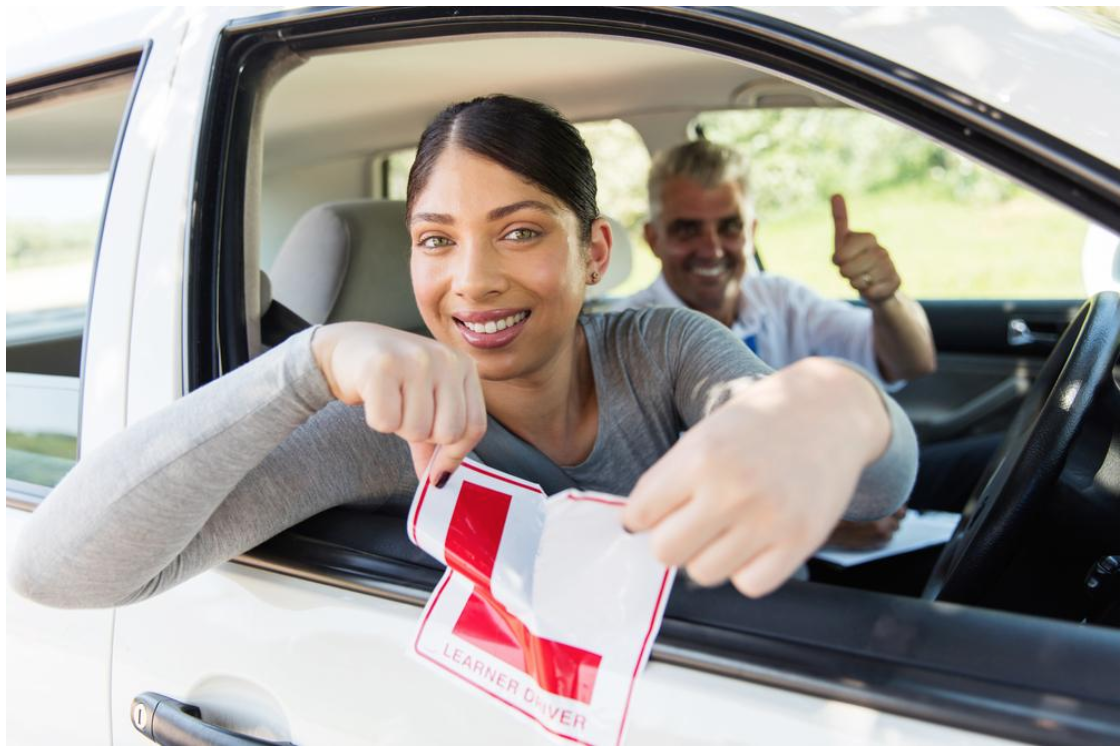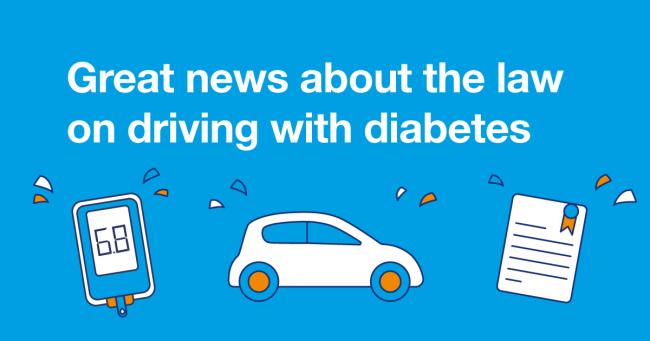Last Updated on April 24, 2024
People with diabetes can pose a significant risk when it comes to safe driving. Drivers with diabetes must be evaluated first before they get behind a wheel. This process can be a difficult task since people possessing diabetes are different when it comes to the nature of their condition. They do not all experience the same symptoms, and they take different measures to keep their blood sugar in check.

What Happens If Blood Sugar Gets High or Low
Drivers with diabetes should not be allowed to drive if their blood sugar becomes too low. Their safety can be at risk, especially if they force themselves to drive even though they are not feeling well because of low blood sugar. The same can also be said when this happens to you, and your sugar is too high.
Here’s what’s likely to happen to you when your blood sugar becomes out of control, which can affect your ability to drive.
1. You feel extremely tired and exhausted. If your blood sugar levels get out of whack, you can feel extremely tired and exhausted even though you’ve done nothing too strenuous.
- People with diabetes can feel tired and fatigued because the sugar stays in their blood instead of going into the cells of their body as a source of energy.
- This tends to happen if your body fails to process insulin properly or your body doesn’t have enough insulin to begin with.
You should not drive a vehicle when you know you are extremely tired or exhausted because of your hyperglycemia (abnormally high blood sugar levels) or hypoglycemia (abnormally low blood sugar levels).
2. You have nerve damage. Your ability to drive is greatly affected if you feel constant pain, numbness, and tingling in your hands and feet. This is commonly called nerve damage, and it is a common problem for people with diabetes.
- You can’t drive if you can’t feel your hands and feet.
- There are also some cases where you don’t feel pain in your hands and feet, especially if your blood sugar is too high or too low.
- People with this type of nerve damage may not have realized that they have this kind of injury.
- Other times, people with diabetes become over-sensitive to pain.
3. Your hands and feet are swelling. A diabetic person with high blood pressure is likely to have swelling in their hands and feet. This is dangerous especially when driving a vehicle. You won’t be able to control your car properly if your hands and feet are swelling too much. You’ll be putting yourself and your passengers at risk.
- Swelling can happen because your kidney is unable to filter waste and fluids properly. This then causes water retention, making your hands and feet to swell.
- Swelling hands and feet is also a good indication of kidney disease. Be sure to keep taking your diabetes and blood pressure medication every day to ensure that your kidneys are working properly.
 4. Poor vision. Hyperglycemia accompanied by high blood pressure can cause significant damage to your eyes and affect your vision. 20/20 vision is important, especially when driving, and you can’t afford to drive a vehicle if you have trouble seeing the road properly.
4. Poor vision. Hyperglycemia accompanied by high blood pressure can cause significant damage to your eyes and affect your vision. 20/20 vision is important, especially when driving, and you can’t afford to drive a vehicle if you have trouble seeing the road properly.
The biggest cause of poor vision among people with diabetes is diabetic retinopathy. This is a condition caused by damage to the blood vessels in the eye, which can then cause blurry vision, lines, spots, and flashing lights.
5. You feel dizzy. Drivers with diabetes have chances of getting dizzy while on the road, which may lead to a car accident.
You can suddenly faint if your blood sugar becomes too low. This happens because your brain is not receiving enough amount of glucose to keep it functioning properly.
Be sure to drink a glass of fruit juice before going for a drive to ensure that you won’t get dizzy or faint along the away because of low blood sugar.
6. Impaired consciousness. People who experience severe hypoglycemia behind the wheel can be at risk to vehicular accidents because of impaired consciousness. If your blood sugar becomes too low, you could lose your consciousness while driving and this may lead to an accident.
Take note of the warning signs of low blood sugar such as lightheadedness, sweating, and slurred speech and avoid driving a vehicle should any of these symptoms arise.

How to Identify Drivers With Diabetes?
It’s hard to spot a driver with diabetes since diabetic people have different natures of their conditions, different symptoms they experience, and a different approach when it comes to keeping their blood sugar levels in check.
So how do you identify a driver with diabetes that can be at risk?
1. Potential drivers at risk should answer a short questionnaire when they are trying to get a license or renewing their license. A short questionnaire can be used to identify those drivers potentially at risk before they can be evaluated. The questionnaire should ask a driver questions such as:
- Did the driver lose consciousness within the past year because of hypoglycemia?
- Did the driver experience an episode of hypoglycemia that has affected his/her driving, or a case that needed intervention?
- Did the driver experience an episode of hypoglycemia without any obvious warning signs or symptoms?
2. A treating physician should evaluate the potentially at-risk driver after answering the questionnaire. Once a driver answers yes to the questions on the questionnaire, he/she should be evaluated by a treating physician to assess if the driver is still allowed to drive a vehicle or not.
- If the driver has experienced an episode of hypoglycemia which impaired his/her driving ability, the physician will most likely recommend the licensing agency not approve the application.
- The assessment of a treating physician is essential to determine whether a diabetic driver is safe to operate a vehicle or not.
- Once a diabetic driver is deemed to be unable to operate a vehicle, he/she is then referred to a specialist to help the driver deal better with diabetes.

Diabetic people are not the same and they should be assessed individually, especially when it comes to their ability to drive. What’s important is that you must be aware of the warning signs or symptoms when your sugar is out of balance and avoid operating a vehicle if these complications arise. It’s also helpful you consult an accident lawyer, such as ones here, if ever you need any clarifications on what you could do should an accident happen if you’re diabetic.
About the Author Dianna Charles is a promising young law enthusiast that hopes to bring her youthful spirit in her field. She tries to add a refreshing modern take to topics on the legal world that people can learn from. Dianna enjoys her free time with friends and family, and loves to cook for them.
